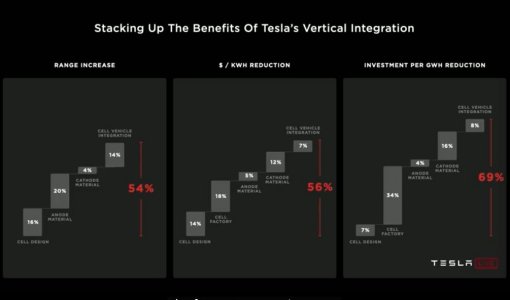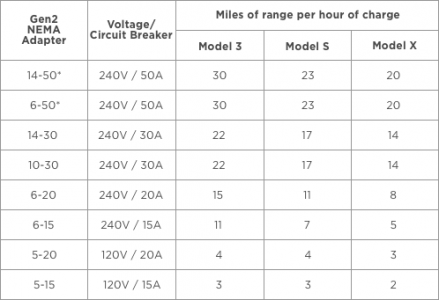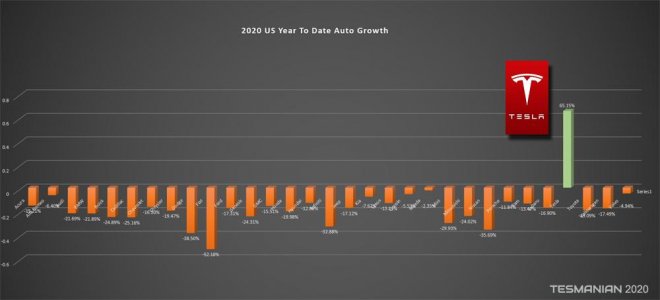Wierdo
[H]ard|Gawd
- Joined
- Jul 2, 2011
- Messages
- 1,817
If you say so lol. China and Europe are ready, and so is non-rural America, which is >80 percent of the market.Hardly. The infrastructure isn't there. You'll have to be able to charge cars wherever they are parked, and that's not going to happen for a good, long time, if ever.
That's a good starting point, the rest can sort itself out by the time the ICE industry's laggards go under - by 2030 probably.

Modernization to EV in those markets is already happening dramatically.
It's kinda like cell service, the pockets of no connectivity didn't stop the dramatic shift from land line, the same with EVs.
Last edited:
![[H]ard|Forum](/styles/hardforum/xenforo/logo_dark.png)








